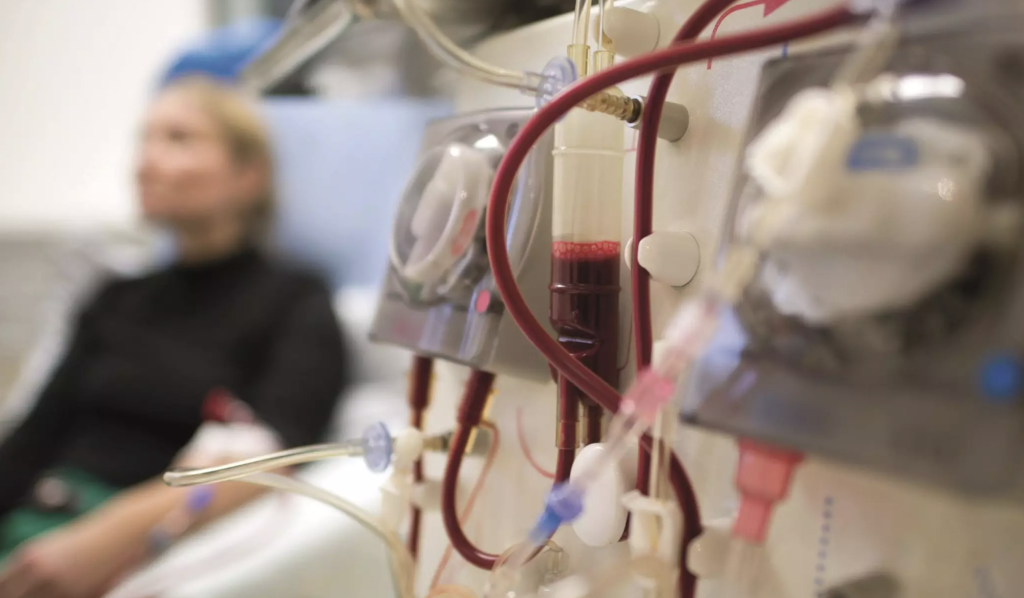For over forty years, patients have been given a choice to choose between getting home dialysis in cases where increased nursing support is made available by a service provider. It helps many recovering patients in instances where there are high chances of improved survival, possible flexibility, and wellbeing. Typically, socio demographics such as income, age, and ethnicity could influence patients to settle for Cypress home dialysis.
The improvement in technology has improved how home dialysis is administered. The procedure has also become more affordable and easy to learn and conduct. Here are the treatment choices you can make for your home dialysis.
1. Peritoneal Dialysis
Peritoneal dialysis (PD) is the most common type of treatment given to home dialysis patients. Many patients opt for this method for their daily dialysis since it is easy to administer with little or no help from others.
Inside your abdominal cavity is where the peritoneal vascular membranes are located, and they usually cover most of your internal organs. Therefore, you can use this inner membrane if you are on PD to filter excess fluids from your blood and wastes.
Typically, the dialysis solution is infused via a catheter into your abdomen, where it will stay for several hours. Fluids and toxins pass from your blood vessels in the peritoneal membrane by moving into the dialysate solution. After the program ends, time is finalized. The dialysate used is then drained, and it goes with waste and the available extra fluid with it.
What follows is the installation of a fresh dialysis solution to begin the cleaning process, which happens in three phases referred to as an exchange-drain, fill, and dwell. The exchanges can be done with a machine known as a cycler or manually. Before going through this type of home dialysis, you will be taught by a nurse, nephrologist, or care partner how to perform PD at your home safely. Training takes place for two weeks until you become comfortable performing the procedure independently.
2. Home Hemodialysis
Home Hemodialysis is available in two selections to pick from conventional home hemodialysis or short daily home hemodialysis.
Conventional HHD:
When you settle for this dialysis method, it will be administered three times a week, with every session taking approximately 3 to 4 hours. The schedule is the same as the hemodialysis you could have received at a dialysis center. Usually, some patients choose to get the treatment for three successive days in the first week, followed by four times the following week.
The treatment is convenient; you can watch television or chat with friends as the therapy continues.
Short Daily HHD:
Under this treatment, the procedure will be conducted for a few hours five or six times during the week. Each session will depend on the patient’s labs, weight, and other factors. Since the blood is cleaned daily, you can enjoy taking some dishes and drinks you were not allowed to take previously. You will experience minimal side effects like cramps, nausea, and low blood pressure than those going through conventional hemodialysis.
These two types of HHD will require a hemodialysis machine to be performed at your home. Training before the procedure can take a month to six weeks.
Suppose you consider choosing between Peritoneal Dialysis and the two types of Home Hemodialysis at Houston Kidney Specialists Center. In that case, we can advise you on the best type of procedure to pick after examining your medical condition, lifestyle, and the comfort of the procedure in administering the process at your home. Additionally, we will also factor in your desired treatment method.

